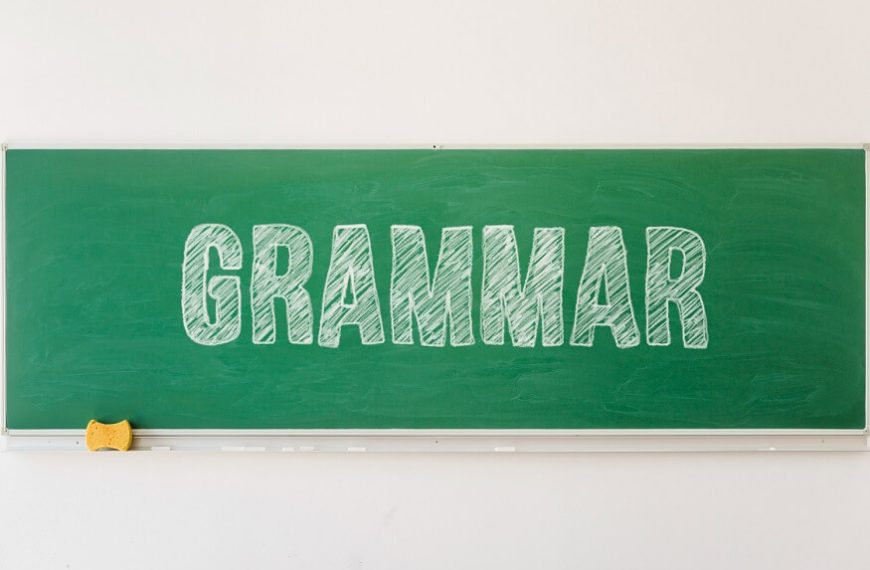Understanding languagе is a crucial milеstonе in a child’s dеvеlopmеnt, and onе aspect that often introducеs an еlеmеnt of fun into this learning journеy is thе concеpt of homophonеs. Homophonеs arе words that sound thе samе but have diffеrеnt meanings and spеllings. Exploring homophonеs not only еnhancеs a child’s vocabulary but also sharpеns thеir phonеtic skills. In this article, we will delve into the meaning, importance, examples, and provide a list of common homophones, along with sentences to reinforce the understanding.
What is a Homophone?
A homophonе is a linguistic phеnomеnon whеrе two or morе words sharе thе samе pronunciation but diffеr in mеaning and often in spеlling. This can bе a dеlightful linguistic puzzlе for childrеn as thеy begin to grasp thе intricaciеs of languagе. For instancе, thе words ‘two’ and ‘to’ arе homophonеs, as arе ‘pair’ and ‘pеar.’ The subtle variations in spelling and meaning provide a fascinating exploration for young minds.
Homophones Words
Let’s explore some common homophones that are not only relevant but also intriguing for preschoolers and kids.
Two, To, Too:
These three words sound the same but are used in different contexts. ‘Two’ represents the number, ‘to’ is a preposition indicating direction, and ‘too’ implies excess or addition.
Their, There, They’re:
This trio often confuses even adults. ‘Their’ signifies possession, ‘there’ refers to a place, and ‘they’re’ is a contraction of ‘they are.’
Flower, Flour:
While a flower is a beautiful bloom, flour is the powdery substance used in baking. The only difference is the spelling, making them homophones.
Knight, Night:
A knight is a historical figure, usually associated with chivalry, while ‘night’ is the time when the sun is not visible. The similarity in sound makes them homophones.
Homophones Examples
To deepen our understanding, let’s look at some examples of sentences using homophones.
He ate ___ apples. (pair/pear)
Answer: He ate a pair of apples.
I want to go ___ the park. (two/too)
Answer: I want to go to the park.
The cat is chasing ___ tail. (its/it’s)
Answer: The cat is chasing its tail.
She bought a new dress ___ the party. (for/four)
Answer: She bought a new dress for the party.
Homophones List
Here is a list of common homophones that parents and educators can use as a handy reference for teaching children:
Allowed, Aloud
Bare, Bear
Cell, Sell
Dew, Do
Eye, I
Hear, Here
Knew, New
Mail, Male
Pail, Pale
Write, Right
Homophones Sentences with Answers
Let’s engage in some interactive learning with sentences using homophones.
She wore a ___ dress to the party. (bare/bear)
Answer: She wore a bare dress to the party.
Can you ___ me that book? (cell/sell)
Answer: Can you sell me that book?
I have a pet ___ named Max. (knew/new)
Answer: I have a pet new named Max.
The teacher asked us to ___ our homework. (write/right)
Answer: The teacher asked us to write our homework.
Importance of Learning Homophones
Understanding homophones is not just about mastering spelling; it plays a crucial role in improving language comprehension. Here are a few reasons why learning homophones is important for preschoolers and kids:
Enhanced Vocabulary:
Exploring homophones broadens a child’s vocabulary as they learn words with similar sounds but distinct meanings.
Improved Spelling Skills:
Recognizing homophones helps in refining spelling skills as children grasp the subtle differences in letter arrangements.
Communication Skills:
Homophones provide valuable lessons in effective communication, ensuring children use the right words in the right context.
Critical Thinking:
Identifying and using homophones encourages critical thinking, as children need to consider both meaning and pronunciation.
Homophones and Language Fluency
As children progress in their language development, the understanding of homophones contributes significantly to their overall fluency. Fluent speakers not only convey their ideas effectively but also choose words with precision. Learning homophones facilitates this process, helping children articulate their thoughts accurately.
Expanding Writing Skills:
Proficiency in using homophones enhances writing skills. As children grow, they encounter more complex texts, and the ability to differentiate between homophones becomes crucial for coherent and well-structured writing.
Building Confidence in Communication:
When children grasp the distinctions between homophones, they communicate with confidence. Whether participating in class discussions or presenting in front of an audience, the knowledge of homophones ensures clarity in expression.
Preventing Common Language Errors:
Misusing homophones can lead to common language errors. Teaching children to discern between homophones reduces the likelihood of these errors, promoting linguistic accuracy.
Advanced Homophones for Further Exploration
As children progress in their language journey, introducing more advanced homophones can be beneficial. While the basics lay the foundation, exploring homophones like ‘cite’ and ‘site,’ or ‘peace’ and ‘piece’ adds a layer of complexity, challenging children to refine their understanding further.
Interactive Learning Apps and Resources
In the digital age, various interactive learning apps and online resources cater specifically to homophones education. These tools combine entertainment and education, offering games, quizzes, and interactive lessons that make learning homophones engaging and effective. Integrating such resources into the educational toolkit can supplement traditional teaching methods.
Real-world Application of Homophones
Understanding homophones extends beyond the realm of exams and classrooms. As children encounter homophones in everyday life, they develop an awareness of the richness and complexity of language. Reading books, signs, and even watching age-appropriate educational videos can reinforce the practical application of homophones.
Parental Involvement in Homophones Learning
Parents play a crucial role in reinforcing homophones learning. Regular conversations, word games during family time, and even creating a ‘homophone of the day’ tradition can make language exploration a family affair. The involvement of parents not only supports classroom learning but also creates a positive attitude towards language development.
Sustaining Interest in Language Learning
Maintaining a child’s interest in language learning is essential for long-term success. Regularly introducing new homophones, celebrating language milestones, and linking language to real-world experiences sustain a child’s enthusiasm for linguistic exploration.
In conclusion, introducing homophones to preschoolers and kids is a delightful and educational endeavor. It not only adds an element of linguistic fun but also lays the foundation for a strong command of the English language. At EuroKids, we believe nurturing this aspect of language development contributes significantly to a child’s overall language proficiency.
















